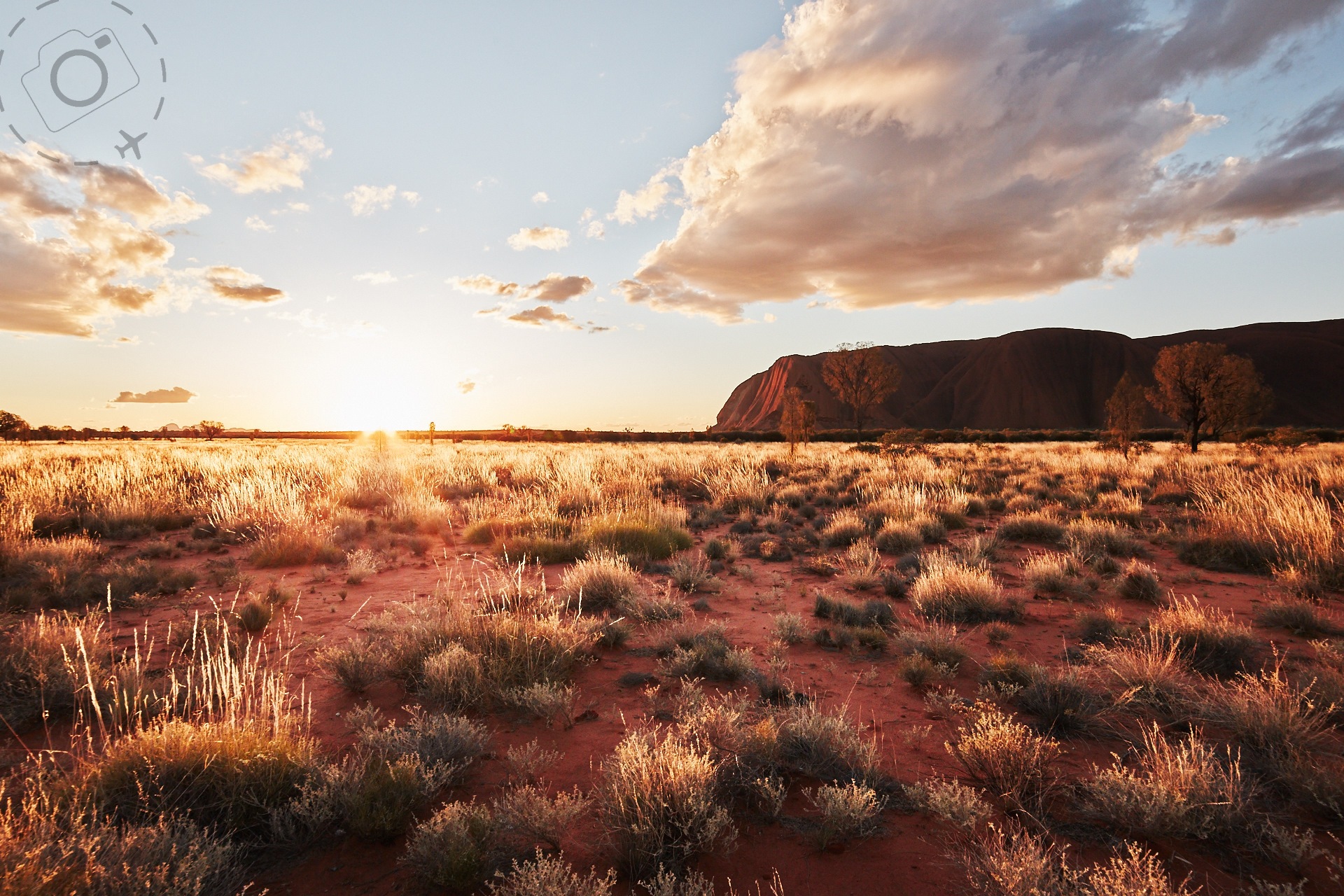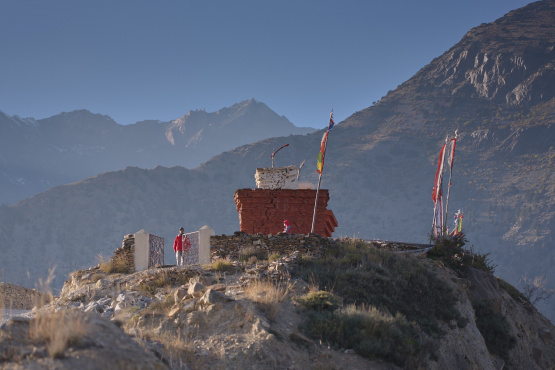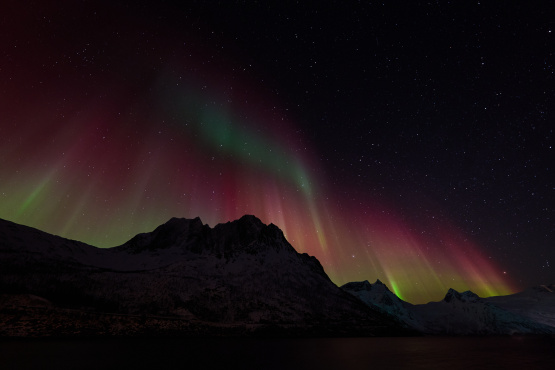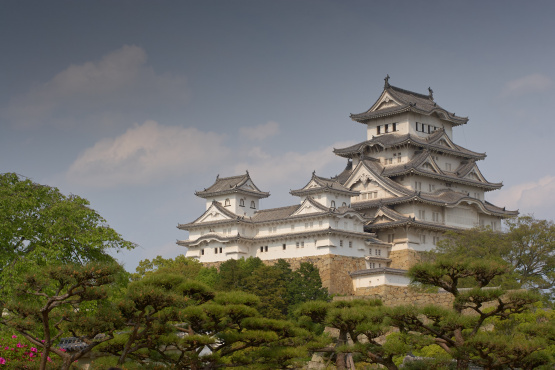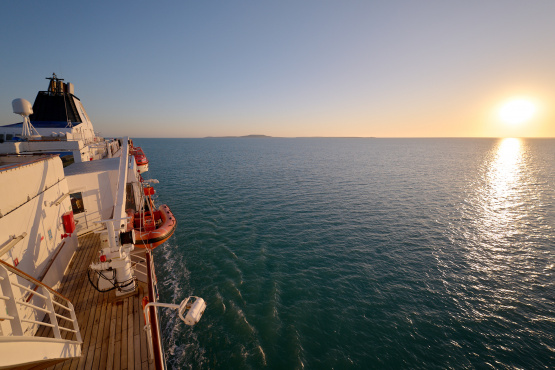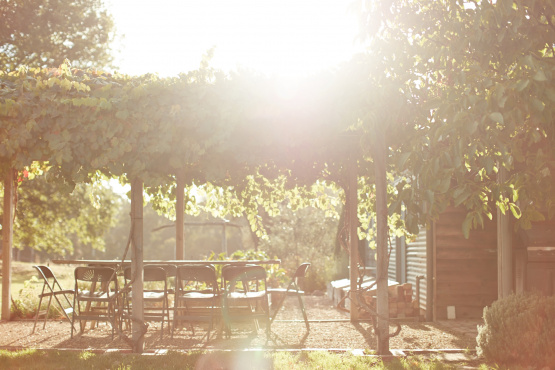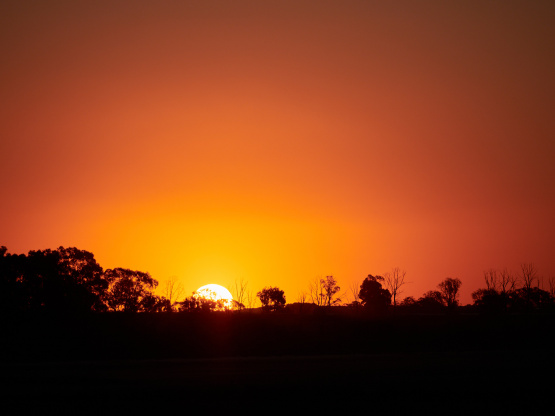Let me state at the outset that I have a bias on this story. I run my own tours and naturally I believe them to be the best of their kind. That said, I do recommend other people's tours as well, after all the world is a very big place and photography is a broad school.
I've made this list to help you consider what factors might impact your enjoyment of any tour before you commit your time, money and creative energy.
1. NOT A WORKSHOP
My photo tours are certainly not a replacement for conventional workshops. My philosophy on photography emphasises that technical skills are a means to a creative end, not a study of itself. Workshops offer intensive learning for specific skills, providing a high level of structure and instruction in a short period of time. They are valuable experiences in their own right, but are quite different to the journey and discovery of a photography tour.
Put simply, tours should offer unique experiences and back that up with expert advice when you want it. Sounds simple enough until you look at the details.
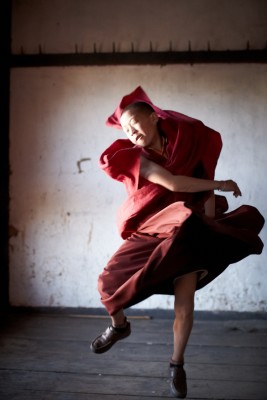
2. GROUP SIZE MATTERS
The two essential elements of a photo tour are directly affected by size. There is little point to designing a tour that visits stunning places and rare destinations if you are one of dozens of people piling off the bus trying to wrangle position for the same shot. My regular tours have 8 people, and that's hard enough. We often split up a group using local guides and the tour leader to reduce our impact on a location. In reality the perfect size group is one, so failing the ability to run tours for one we design trips that make time so people can head out on their own on a regular basis.
The other reason I limit groups to 8 is that I cannot give sufficient time to each of my travellers with large groups. In order for me to be effective I need one-on-one time with everybody, simply because everybody has different needs. This is where my tours are very different to workshops, I want to share and teach my skills but am not running a set course. Workshops are great if you want structured tuition on specific technique, photo tours are great if you want a breadth of inspiration and experiences.
The magic number for me is 8. If I were to expand even as far as 12 it would make a huge impact and alter the experience irrevocably. One of my travellers pointed out to me what a difference it makes, having done a few trips with 16 and then 12. The feedback was very direct, "12 people is too many and you have to fight for the instructors attention."
For the record, the most common complaint I receive after my tours is that someone in the group didn't get enough of my attention. Even with a group size of 8 people I still have to work hard to be approachable to all people in the group, and sometimes it seems not approachable enough. I continue to try my best.

3. THE PHOTOGRAPHERS ATTITUDE
This issue comes up a lot from my travellers who had previously travelled with another company, or with an amateur-expert from their photography club. Not all photographic tours are being run with the travellers interests in mind, rather the tour photographer just wants to get his own photos.
One passenger described her mentor as keeping all the best shots to himself. He would dash off in the mornings and disappear for the day while the group was taken on a walk by a local guide who may or not speak good English. The day after moving on to the next destination the lead photographer would share a set of images he took in a secret location on his solo sojourns.
When I travel somewhere new with a group I call it a research trip. I make it very clear that I haven't been there and want to discover some new inspiration. Typically the people who join me for research trips are as fascinated by the chance to see first hand how a professional travel photographer tackles a new challenge. Even so, with the very small group size on research trips (usually just 4 people) we not only have room to share the moment but thrill in the excitement of a shared joy.
The right attitude makes all the difference.
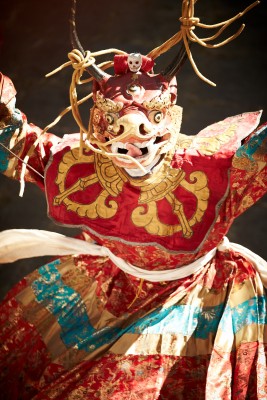
4. RELATIONSHIP WITH THE TOUR OPERATOR
This is one of the most critical factors in your likely-hood to get great shots on the tour, yet one you simply may not be aware of. Is the tour designed by a travel agent sitting in Sydney? Have they any knowledge of the local area themselves? Are they relying on a local tour operator who runs volume itineraries to cater for a mass market? Is there a willingness to adjust the itinerary to suit the fickle desires of photographers?
I have one rule when working with a tour operator to run a trip. Do they care as much about my travellers and their photographic passion as I do? This comes into play before we even arrive of course. A good operator will dig out unique experiences that may not be profitable for them but will make the tour even more memorable. They'll listen carefully to the requirements outlined by the lead photographer, and move heaven and earth to make it happen. A good operator is truly rare.
The depth of service and knowledge you get from a small operator based in the destination country simply cannot be matched by a travel agent abroad. Photography and package tours just don't mix well.
Size also matters. I've tried to negotiate tours with several large companies, ones I respect and have recommended their products for regular travellers. Two problems come up each time - the scale of the tours leaves no room for them to make enough profit, and the specific demands of a unique journey doesn't fit well with the mass-tourism model that made them a successful tour operator. Bigger tour companies effectively narrow their expertise to larger volume business. We just don't fit nicely, and that's OK.
I looked at a few China itineraries posted by big operators this week and just shake my head. They *almost* go the the right places, missing the treasured highlights because they lack the local knowledge that would benefit their photographic clients. They visit Shanghai but either miss the water towns or visit the crowded tourist traps. They visit Guilin but spend an afternoon in the rice terraces and never see the sunrise. They visit Beijing and squeeze The Great Wall, Summer Palace and Acrobats into a single day. Utter madness, and a certain recipe to deny even the most inspired travellers a chance to go home with great images.
I discovered that using smaller operators who have more detailed local knowledge is often the answer. Small is good.
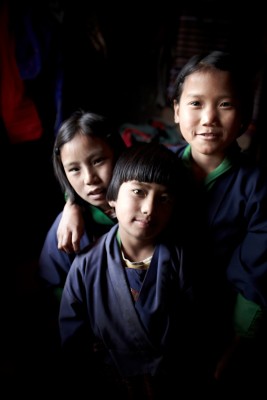
5. PROFESSIONAL CREDENTIALS
I am surprised at the number of photo tours on offer today that have such poor quality images to promote the experience. It usually indicates that the photographer leading the trip lacks professional experience themselves. Perhaps this is obvious, but still worth pointing out.
Plenty of people call themselves photographers whether they make money from it or not. The hard reality of making a living through the camera changes your understanding and skill with the craft. If you're not serious about photography, if it's really a hobby and not your career, then you shouldn't be leading a photo tour and taking peoples hard earned money.
That may sound harsh, but a huge responsibility comes with leading a photo tour. It shouldn't be taken lightly. For many travellers such a trip is a once in a lifetime experience, not simply another holiday.
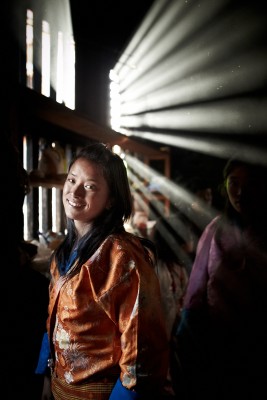
6. GROUP TOURS SUCK
I have to admit that most people who join my tours were initially sceptical about a group tour. And with good reason. Photography is a solo pursuit, it is an expression of your own artistic potential. A good photo tour creates opportunity for you to spend time on your own pursuits in a fantastic location, while still sharing the benefits that come from a group experience.
I spent years shooting brochures for 'small group adventure' companies and it was hard work trying to wrestle images out of crazy itineraries and dealing with the personality disorders of a dozen other travellers. I started my own tours as an antidote to the regular group tour nightmare. This was the genesis of my career.
Even I have been surprised at how pleasant my more recent companions have been over the past seven years on our specially designed photo tours. The common goals, common interests and a more selective audience for my style of travel attracts lovely people. I look forward to the new characters on tour, and appreciate how lucky I am to have such wonderful companions. Group travel is not for everyone, but it does have advantages when it comes to fabulous dinners, conversation on a train and the shear variety of experiences that we all draw from. I love it, and can't wait for the next departure.
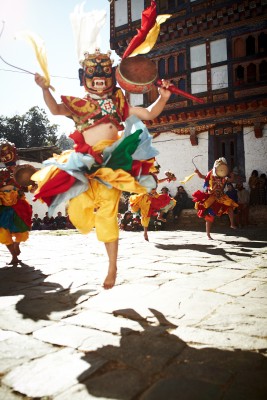
7. PEOPLE REALLY MATTER
I've always said that travel photography is really about people. The focus is about culture and context, neither of which carry meaning in the absence of the people who live there.
Same goes from the photo tour side of things. We're not just ticking cities off a list, we're not just reproducing a set shot over and over. Each person who spends months contemplating a photo tour is driven by unique desires and goals. For each individual who arrives on my trip I need to ask, "What brought them here, what is their journey, what do they want to go home with, what can I do to make these two weeks rewarding for them?"
No two people are the same.
In 2008 I ran a China tour with a group of under 35s plus one gentlemen in his late 80s. His name was Jim, and he'd been privileged to see China 50 years earlier. Back then Jim didn't have a camera, so our journey was a lifetime dream to return to China, photograph his vision of China and see a few places he didn't see when he was younger.
Jim had trouble getting up the steep slopes of the rice terraces, so we arranged to have him carried up instead of walking. At the time it was rather comical and we had a few laughs, but importantly we all made it up the hill for two days of paradise. The next morning Jim rose at 5am and joined me for the final 30 minutes uphill to watch the sunrise over the rice fields. It wad a beautiful morning, and as we turned to head back down he pulled me aside and thanked me for making this moment happen.
Three weeks after Jim returned home he passed away. I was grateful for the chance to meet him, to share his company and wisdom (as a senior member of his camera club and regular competition judge). Without doubt his family were saddened to lose such a lovely spirit, but we were all grateful that Jim got to live out his dream in China before leaving this world.
Photography is about people, and so are photo tours.
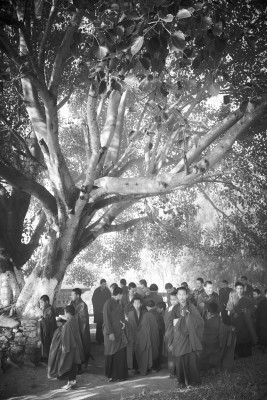

Keep Reading
Join Ewen's newsletter for monthly updates on new photography articles and tour offers...Subscribe Here

